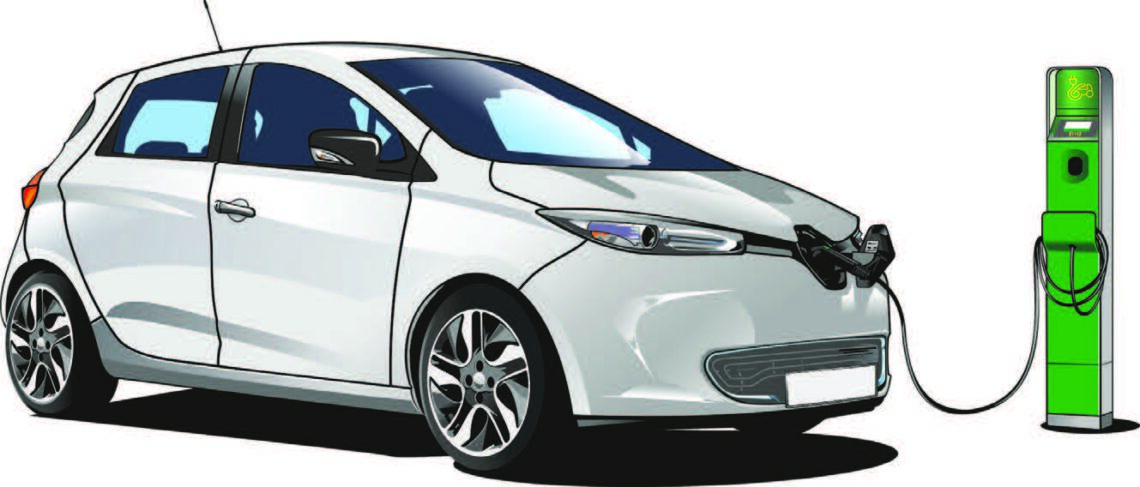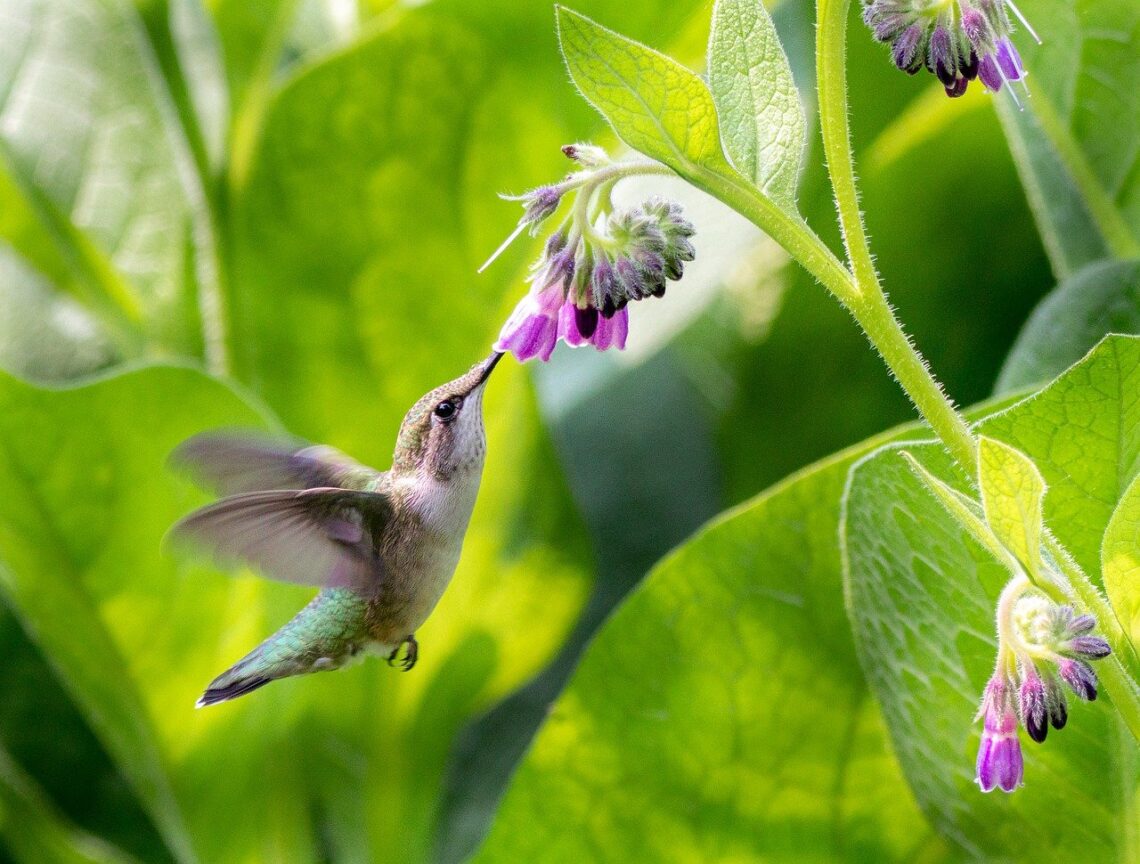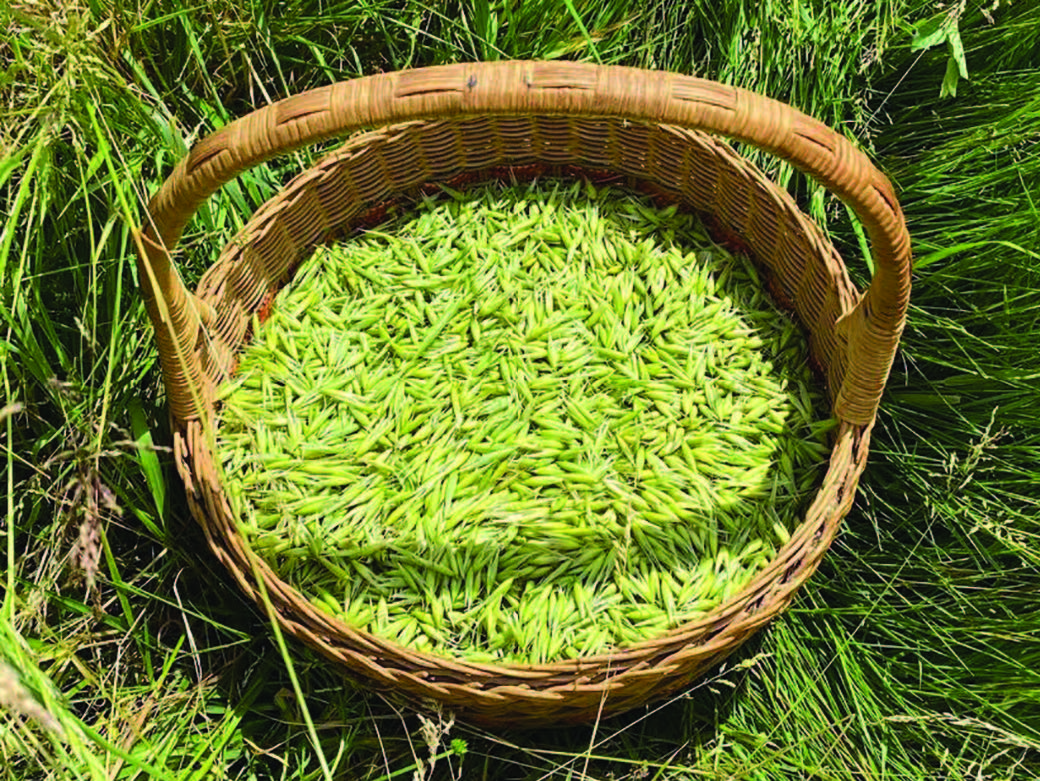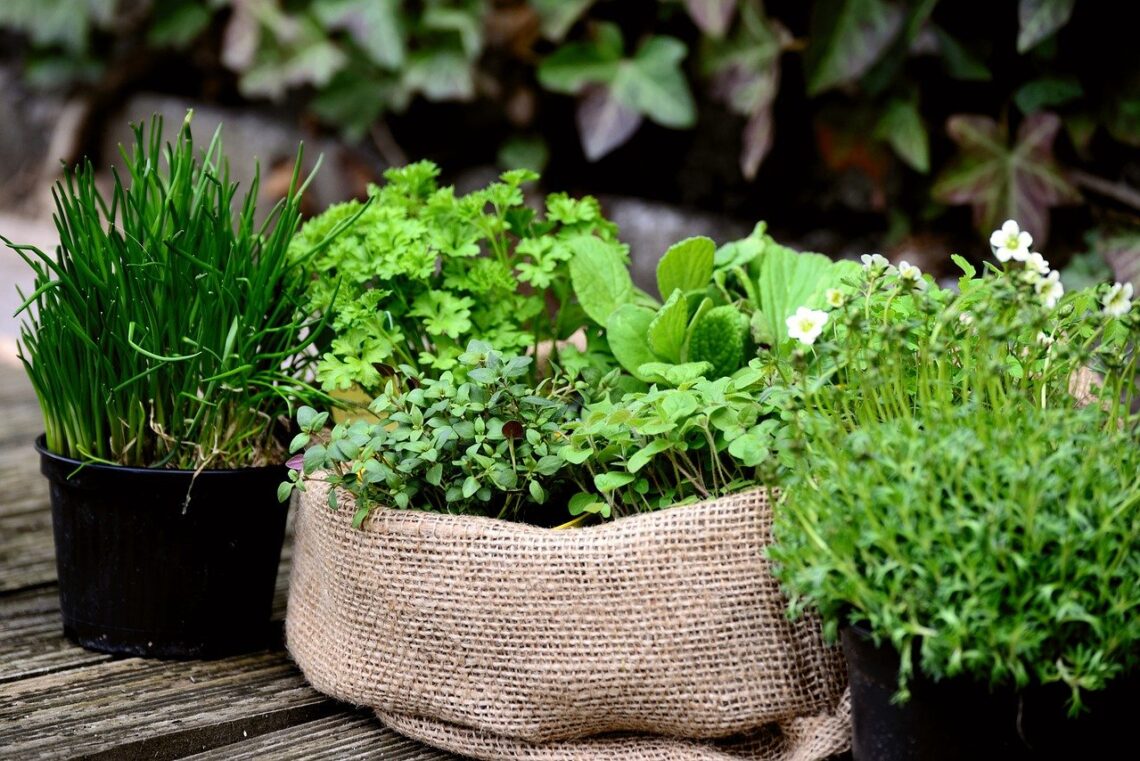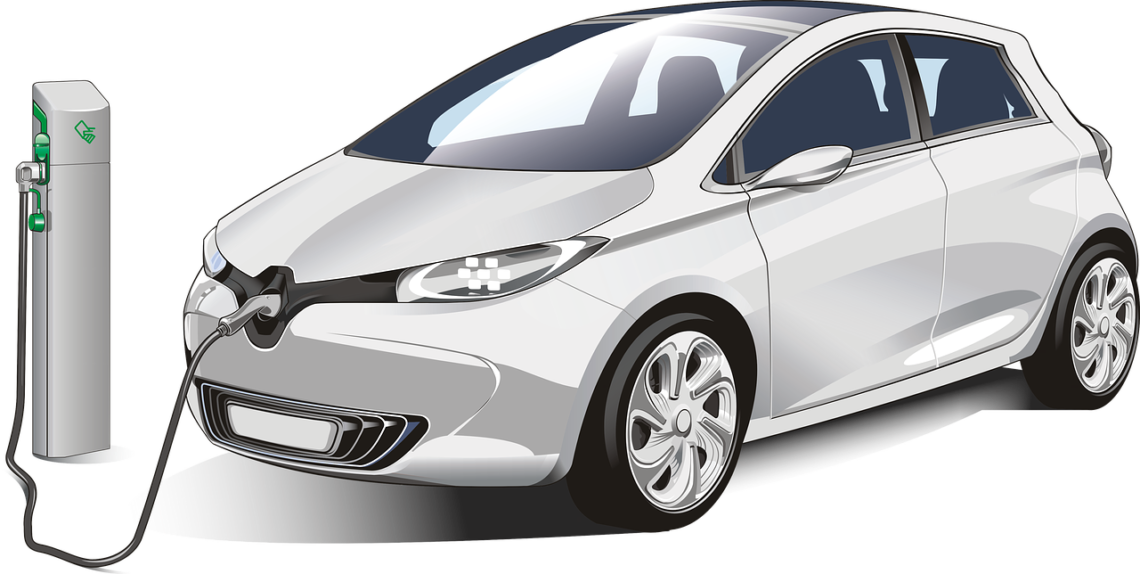Greener, Friendlier Alternatives Exist for Rare Minerals in Batteries The Myth For years, commentators have been handwringing about the extraction practices, environmental and social harms, and corporate ownership of mining operations that contribute to clean energy technology, with a focus on cobalt, rare earths, and other rare ingredients of the clean energy transition. Much like governmental, intergovernmental, and private assessments of “critical materials,” these critiques pay far too little attention to how scarcity, usually signaled by price, elicits not only mineral exploration and mine development but also a powerful set of other and faster adaptations and alternatives like efficient use, substitution, and recycling. A major contribution to this genre comes from…
-
-
Local Efforts to Stop Food Waste
LOCAL EFFORTS TO STOP FOOD WASTE PROVIDES A MODEL ON GLOBAL STAGE A panel of West Coast leaders shared programs that yield results in dealing with food waste at U.N. Climate Change Conference in Glasgow Headlines from the 2021 United Nations climate change conference can be discouraging. Time is running out, and the leaders of the world are unwilling -or able to give even a little. Climate scientists, legal experts, and politicians argue the final deal out of Glasgow resulted in incremental progress inadequate to address the climate crisis. Many people don’t realize that these summits do more than bring top leaders together to strike international deals. In the background,…
-
Back to Earth Day with Natural Burial
We get many things that we use in our daily lives from “the Land” – the food we eat, fiber for our clothes, and raw material for heat, homes, buildings, and roads. We’re surrounded by element-based things extracted or grown from the soil and fashioned into shapes we find useful or pleasing enough to consume. We’re also getting good at re-using the elements in that fiber, that liquid, that meltable plastic, so we don’t have to use virgin material, thereby reducing costs and impacts on the environment in the process. In fact, our bodies are some of the best recycling machines around. We eat foods that begin as soil, like…
-
Bat Fatalities at Wind Turbines
Investigating the Causes & Consequences Wind energy is one of the fastest-growing industries in the world It represents an important step toward reducing dependence on nonrenewable sources of power. However, widespread deployment of industrial wind turbines has unprecedented adverse effects on certain species of bats that roost in trees and migrate. Bats are beneficial consumers of agricultural insect pests, and migratory species of bats provide free pest-suppression services across ecosystems and international borders. Although the underlying causes of bat fatalities at wind turbines remain unknown, potential clues can be found in the patterns of fatalities. TSH scientists, in collaboration with other U.S. Geological Survey (USGS) science centers as well as…
-
Thinking Upstream
“Hey, what’s that in the river?! It looks like…. It can’t be…Yes… yes, it’s a BABY! Oh my gosh, here comes another one! What on earth is happening?!? Where are those babies coming from?!” The people on the river banks jump in to rescue the babies floating downstream. They are able to reach them and save the babies from drowning. Then the next day, there are four babies struggling in the river! More folks jump in and save those babies. This process continues each consecutive day until finally, one of the people on the riverbank turns and runs upstream. “Where are you going?” shout the others. “I’m going to see…
-
Magicians in the Air
Hummingbirds and How You Can Support Them Who of us have not marveled at the tiny hummingbirds who inhabit, or at least visit, our gardens? Weighing less than a nickel, they can travel at 33 miles per hour, beat their wings from 720 to 5400 times a minute when hovering, and eat their weight (or more) in food every day. John James Audubon recorded human feeding of hummingbirds in his book “Birds of America 1840-1844” and by 1950, commercial bird feeders were available. Thousands of feeders are sold each year worldwide. But, are we really doing them any favors by placing sugar water in safe, cool areas? It is true…
-
Restoring the Nervous System
Benefits of Fresh Milky Oat Avena sativa, or common oat, is a highly beneficial plant for human affairs. It can be food, medicine, animal feed, alcohol, building material, cover crops, and more. Including oatmeal in the diet can help reduce unwanted cholesterol, reducing the risk for cardiovascular disease. In addition, it adds dietary fiber to promote regularity and increases the probiotic population due to its prebiotic beta-glucan content. Used medicinally in extracts, Oatstraw is rich in minerals, especially silica, which support dozens of metabolic processes in the body, most notably the strengthening connective tissue and feeding the nerves. For only one week out of its growing cycle, the Oat tops…
-
Beneath Solar Panels, Seeds of Opportunity
By 2030, utility-scale solar installations could cover almost 2 million acres of land in the United States. Traditional solar development would monopolize this land for just one use: energy production. Low-impact solar development, on the other hand, might also improve soil health, retain water, nurture native species, produce food, and provide even lower-cost energy to local communities. On a humid, overcast day in central Minnesota, a dozen researchers crouch in the grass between rows of photovoltaic (PV) solar panels. Only their bright yellow hard hats are clearly visible above the tall, nearly overgrown prairie grasses—which are growing exactly as expected. Bent over white, square frames, some of the researchers catalog…
-
Plan to Plant an Herb Garden
Early spring is the time to plan for all kinds of gardening. Whether starting from scratch or adding to what you already have, be sure to include some herbs in your planning. Herbs come in a variety of sizes and colors, perennials and annuals, but are relatively easy to grow and maintain. So, as you choose your herbs for planting, keep the following ideas in mind. Four Common Growing Basics 1) Lots of Sun Because of their Mediterranean heritage, herbs do best in full sun. Five to six hours of sun is most suitable. A few herbs like mints will do fine in partial shade. The summer annuals – basils,…
-
Our Own Backyards
EDITOR’S PAGE Long before we began publishing the Green Living Journal, we bought a home that happened to be well insulated and heated and cooled with an efficient electric heat pump. It was the year 2000, and little did we know then that we had set the stage for our future personal journey to reduce our environmental impact. Our 3/4 acre property was nothing more than an empty field with blackberries and a few oaks, cherry, and hawthorn trees on the edges. So, over the next several years, we established our veggie garden, planted five kinds of berries, and kiwis, and added several different species of trees and shrubs. Of…

